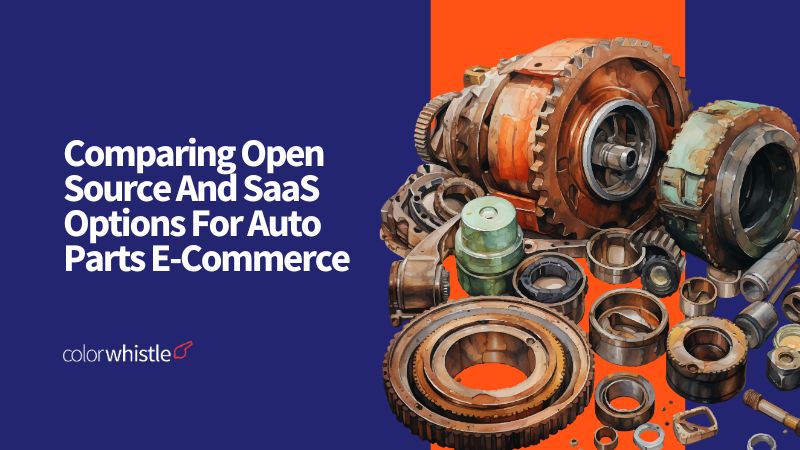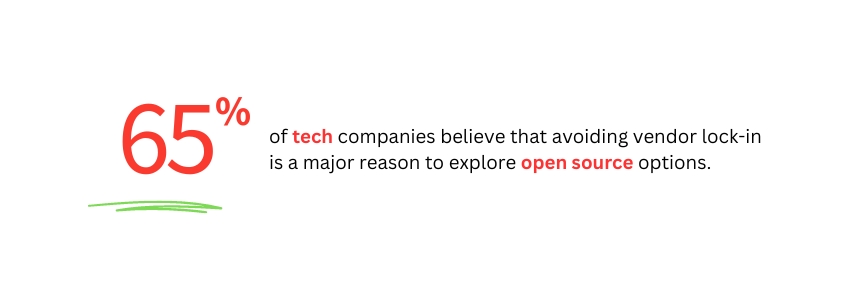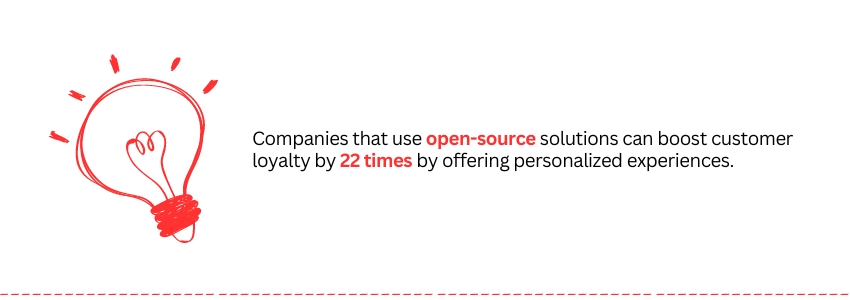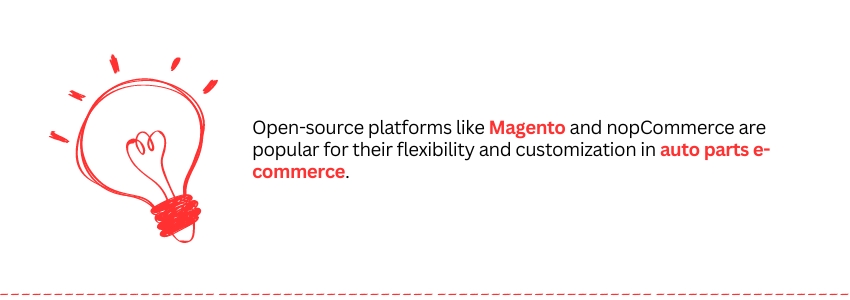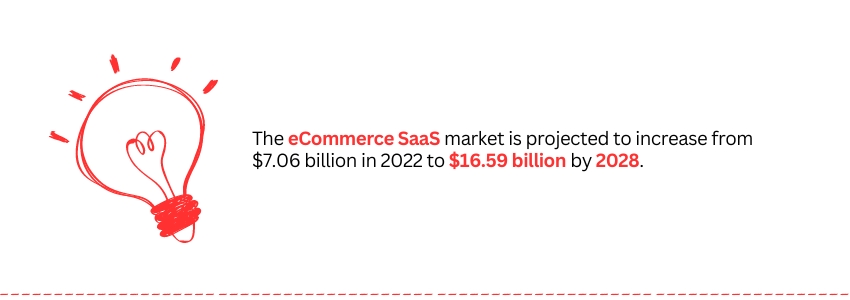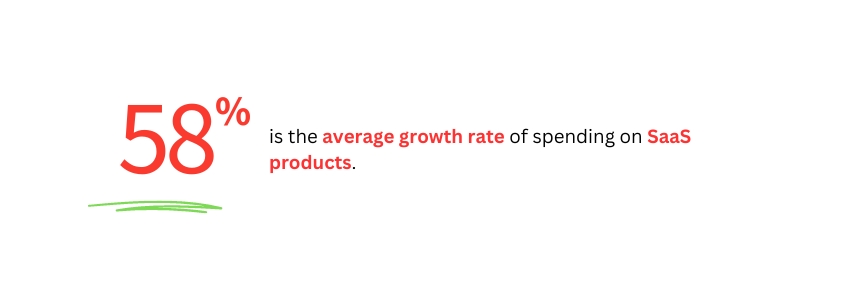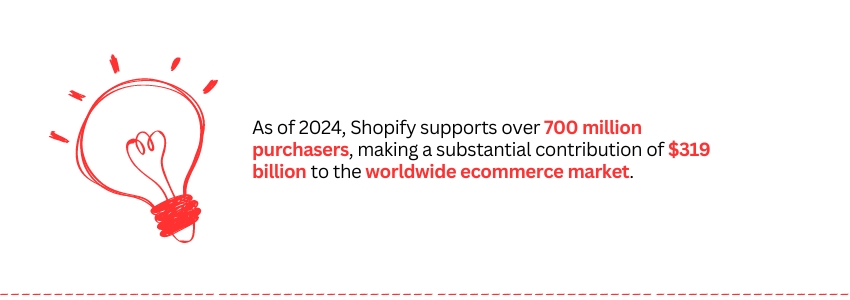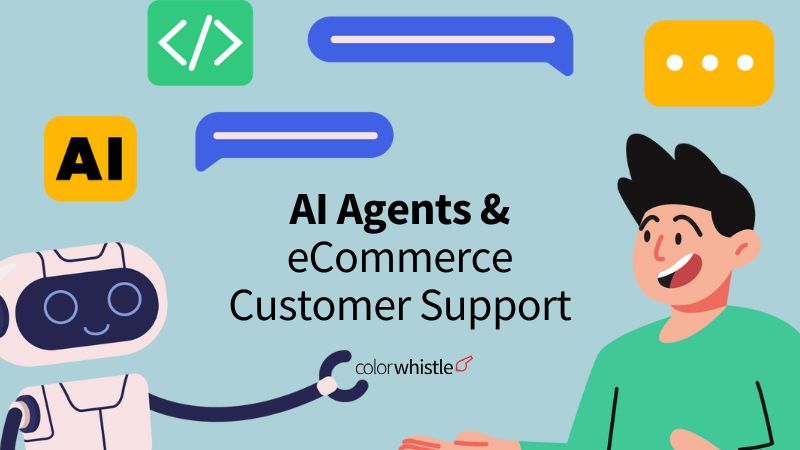The auto parts e-commerce landscape is transforming remarkably, compelling enterprises to choose between an open-source platform and a Software as a Service (SaaS) model.
Open-source options such as WooCommerce and Magento provide unparalleled customization and control, yet they demand significant technical know-how and may harbor unforeseen costs.
On the other hand, SaaS platforms like Shopify and BigCommerce present a more intuitive experience with comprehensive managed services, albeit at the potential expense of customization flexibility and the risk of vendor lock-in.
Moreover, taking advantage of E-commerce Website Development Services can further strengthen the capabilities of these platforms, ensuring that businesses cater to their individual needs and improve their online footprint.
As the auto parts e-commerce sector expands, grasping the nuances between open-source and SaaS solutions becomes imperative for businesses aiming to refine their online operations in 2024.
Open-source eCommerce
Open-source eCommerce is a framework in which online retail platforms make their source code accessible to the public. This accessibility enables individuals to examine, alter, and disseminate the code. In contrast, proprietary platforms maintain restrictions on their source code, limiting access to the original developers. The appeal of open-source eCommerce solutions lies in their adaptability, scalability, and economic advantages. Widely used licenses, such as the GNU General Public License, permit users to operate, analyze, redistribute, and share modified software iterations.
Open Source eCommerce Benefits
- Economical: With no licensing costs, it is an ideal choice for emerging enterprises and small businesses.
- Tailored Solutions: Offers remarkable customization options, allowing the integration of various modules and plugins to elevate functionality.
- Growth Potential: These platforms are designed to support expanding businesses without incurring unexpected fees.
- Enhanced Security: The transparency of the code facilitates swift detection and rectification of security issues.
- No Vendor Dependency: Users are not tied to a specific vendor, ensuring seamless data migration.
- Community Engagement: Dynamic communities offer assistance through forums and social media channels.
Popular Open Source eCommerce Platforms
- WooCommerce
- Magento Open Source
- PrestaShop
Pros and Cons Of Open Source eCommerce
Pros
Cons
- Extensive customization options due to access to source code, enabling significant modifications.
- Flexible hosting solutions are available, allowing for both internal and external hosting.
- Capability to develop custom integrations with various systems such as ERP, CRM, and PIM.
- Support from a large community of developers contributing plugins and extensions.
- Advanced data management features suitable for handling large auto parts catalogs.
- Implementation and maintenance demand significant technical expertise.
- Costs can be high, particularly for enterprise-level features.
- Support and issue resolution may pose challenges, often relying on community forums for assistance.
- Open-source nature introduces potential security risks.
- Ongoing maintenance and hosting expenses are substantial and should be factored into budgeting.
Also Read
SaaS eCommerce
The luxurious landscape of SaaS eCommerce is defined by a subscription model that offers premium eCommerce software via the Internet, liberating businesses from the complexities of local installations and maintenance. This sophisticated approach provides essential services, including hosting, security, backups, and updates, allowing enterprises to devote their energies to driving sales and nurturing customer engagement. The scalability of SaaS platforms accommodates a variety of technological ecosystems, though users may find their access to the software’s source code somewhat limited. Prominent examples of SaaS eCommerce platforms are Shopify, Shopify Plus, Volusion, BigCommerce, and Squarespace.
SaaS eCommerce Benefits
The advantages of SaaS eCommerce platforms are manifold, making them an appealing selection for companies seeking to develop or elevate their online presence. Below are the essential benefits.
- Cost Efficiency: Utilizes a subscription model, thereby eliminating the need for significant upfront investments in hardware and software.
- Scalable Solutions: Enables businesses to adapt features and services in response to demand, ensuring payment is made solely for what is consumed.
- Universal Accessibility: Being cloud-based, it allows access from any location with an internet connection.
- Streamlined Updates and Maintenance: Providers oversee software updates and maintenance, freeing businesses to concentrate on their primary operations.
- Enhanced Customer Interaction: Features AI-driven product recommendations, customized marketing tools, and extensive analytics.
- Integration Flexibility: Supports integration with third-party applications, including payment gateways and CRM systems.
- Stringent Data Security: Prioritizes comprehensive measures to protect sensitive customer and business data.
Popular SaaS eCommerce Platforms
- Shopify
- BigCommerce
- Wix
- Squarespace
Pros and Cons Of SaaS eCommerce
Pros
Cons
- Quick and easy setup with minimal technical knowledge required.
- Extensive range of built-in integrations with widely used services.
- Access to numerous pre-built integrations through app marketplaces.
- Automatic management of updates and security patches by the service provider.
- Reduced total cost of ownership, particularly advantageous for small businesses.
- Limited customization options are available when compared to open-source alternatives.
- Long-term subscription costs may be higher than anticipated.
- Certain integrations may incur additional fees, impacting overall expenses.
- As a business scales, there is a risk of outgrowing the platform’s capabilities.
- Migrating to a new platform can be challenging due to its proprietary nature.
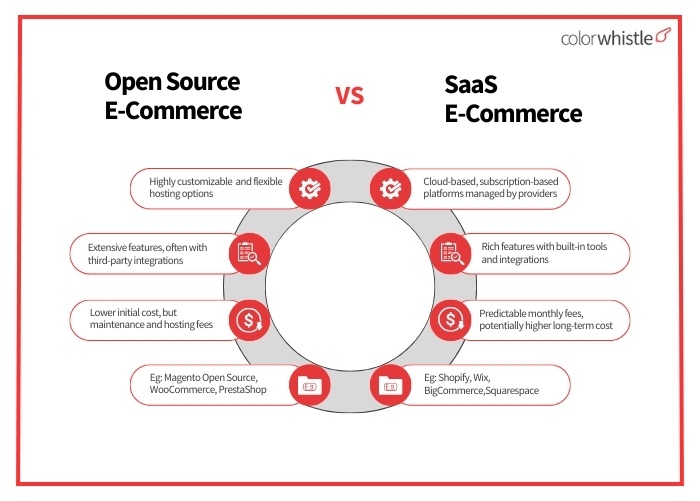
Comparing Open Source Vs SaaS Options For Auto Parts E-Commerce
Here is a comparison of open source vs SaaS options for auto parts eCommerce.
Criteria
Open Source
SaaS
1. Customization
- Offers extensive customization options.
- Facilitates feature development.
- Requires technical skills and specialized developer support.
- The range of choices available to users is limited to the offerings of the provider.
- This limitation usually meets standard requirements effectively.
- Customization is typically straightforward and user-friendly.
- Intuitive interfaces and accessible plugins facilitate the customization process.
2. Cost
- Negligible upfront cost.
- Significant investment in hosting, development, and maintenance.
- Recurring expenses include server hosting, security protocols, updates, and plugin/extension acquisition.
- Monthly/annual subscription fees for hosting, maintenance, and support.
- Recurring costs vary based on features, user count, and transaction activity scale.
3. Ease of Use
- Ideal for technical experts
- Require extensive customization
- Difficult to configure and sustain for non-technical individuals
- Easy-to-navigate setups
- Simple interfaces
- Automatic updates
4. Hosting
- Provides control over the e-commerce platform’s server.
- Offers customization and cost-effectiveness.
- Requires manual configuration and scalability resources.
- Security measures are up to the user.
- Beneficial for specialized auto parts e-commerce stores.
- Delivers a SaaS service focused on server maintenance, updates, and resolving technical issues.
- Customization options are restricted.
- Pricing is based on a subscription model.
- Ensures scalability, robust security, and effective resource management.
5. Scalability
- Requires adept server management and resource allocation.
- Performance depends on the server’s capabilities and infrastructure robustness.
- Seamlessly expandable with provider handling server and infrastructure.
- Guaranteed scalability may increase subscription fees.
- Consistent refinement for exceptional performance.
6. Integrations
- WooCommerce, Magento, and nopCommerce provide great options for customizing third-party services.
- Powerful APIs make linking with ERP systems, CRM tools, and PIM software easy.
- A large developer community offers pre-built integrations for popular services, which helps save time and reduce costs.
- Advanced data management features, like bulk updates and automated data synchronization, are essential for handling auto parts catalogs.
- Built-in integrations simplify the use of payment gateways, shipping solutions, and marketing tools on Shopify and BigCommerce.
- App marketplaces enable users to find and install integrations with little technical expertise easily.
- SaaS providers manage automatic updates and maintenance for integrations.
- User-friendly interfaces empower non-technical users to manage integrations effectively.
7. Maintenance and Support
- Self-managed, requiring regular updates and security patches.
- Involves troubleshooting bugs and implementing new functionalities.
- Community support is available, but professional assistance may come with additional charges.
- The provider manages updates and security patches.
- Emphasis is on gaining customers and processing orders.
- The provider manages hosting, bug repairs, and more.
- Professional support is often included in the subscription.
8. Payment Gateways
- PayPal
- Stripe
- Authorize.Net
- Square
- Braintree
- WorldPay
- Mollie
- Razorpay
- PayPal
- Stripe
- Square
- Authorize.Net
- Shopify Payments
- Amazon Pay
- Apple Pay
9. Security
- Security relies on the owner and requires frequent updates and careful monitoring.
- A lack of proper management can lead to heightened vulnerability.
- Providers implement robust security frameworks to protect data and systems.
- Compliance with industry standards is a priority for security providers.
- Continuous updates are essential for maintaining security integrity.
- Ongoing monitoring helps identify and mitigate potential security threats.
10. Examples
- Magento Open Source
- WooCommerce
- PrestaShop
- Shopify
- BigCommerce
- Squarespace
- Wix
Also Read
Open Source vs. SaaS: Which Fits Your Auto Parts Business Like a Glove?
Selecting the appropriate e-commerce platform is essential for the success of auto parts businesses.
Open-source platforms enable businesses to customize their online storefronts and react to market trends with greater control. However, they come with increased maintenance, security, and development responsibilities.
Conversely, SaaS offerings are typically more user-friendly and streamlined, making them a fitting choice for smaller businesses or those looking to establish an online presence quickly.
The ultimate choice should reflect the company’s strategic objectives, budgetary constraints, and level of technical proficiency. E-commerce website development Company offer essential support to businesses in identifying and implementing the most suitable platform tailored to their specific requirements.
From exquisite responsive website design to flawless e-commerce development, ColorWhistle offers a luxurious array of digital services to cater to your needs. Contact us at +1 (210) 787 3600 to begin working together towards accomplishing your business objectives.
What’s Next?
Now that you’ve had the chance to explore our blog, it’s time to take the next step and see what opportunities await!

